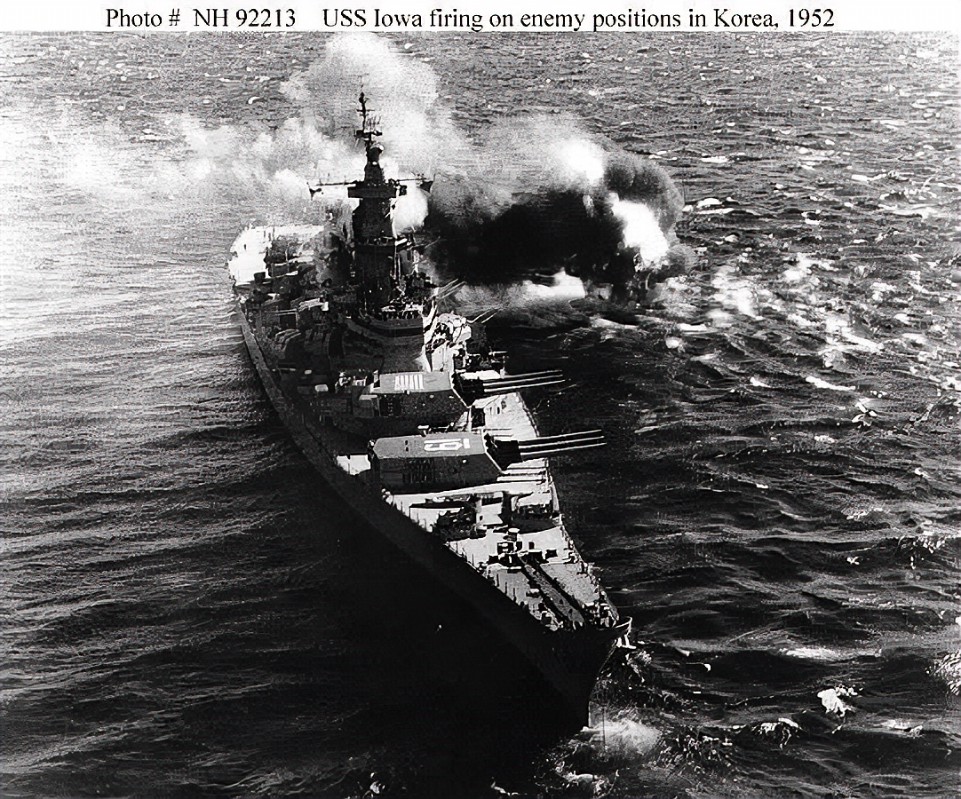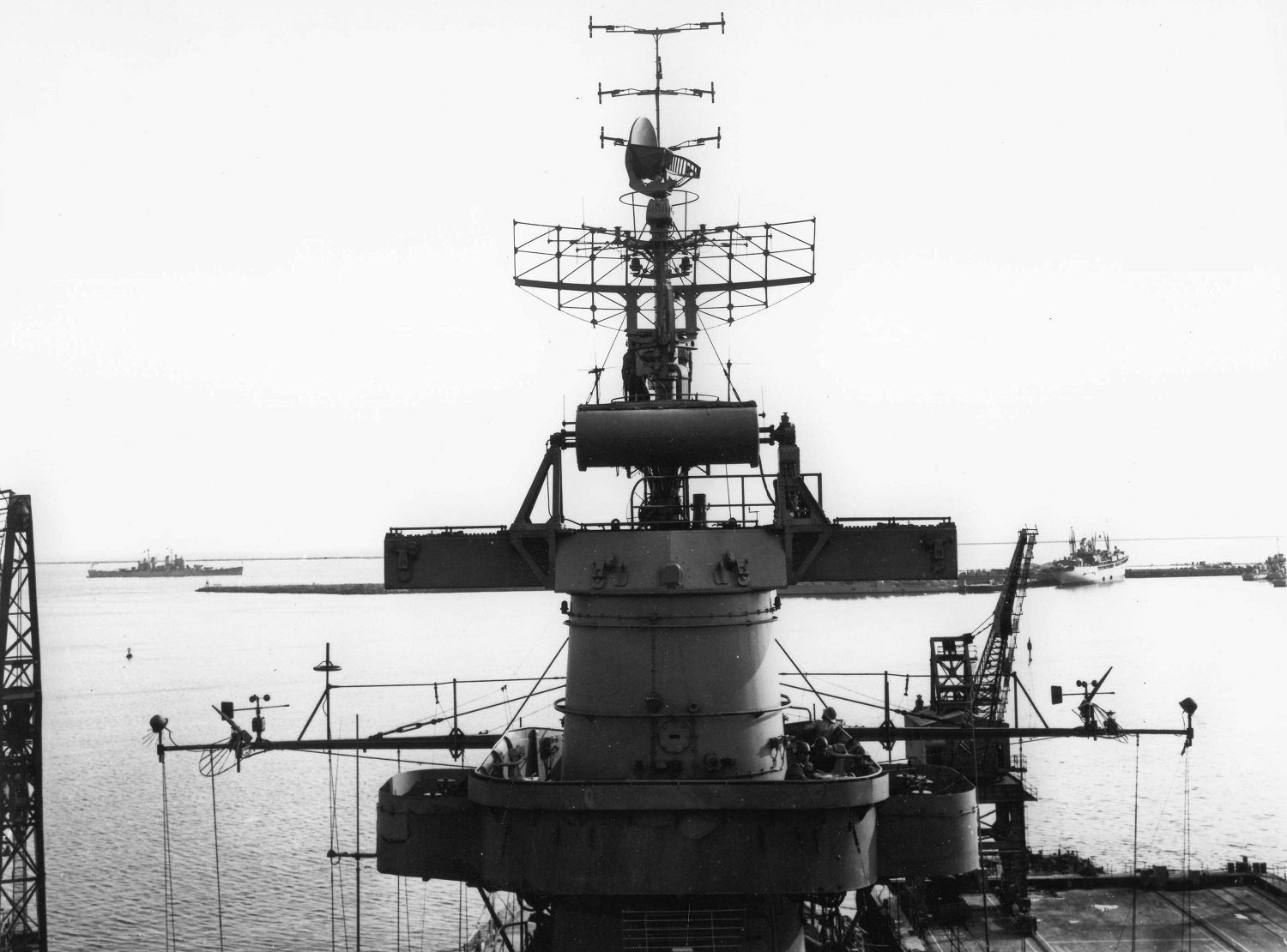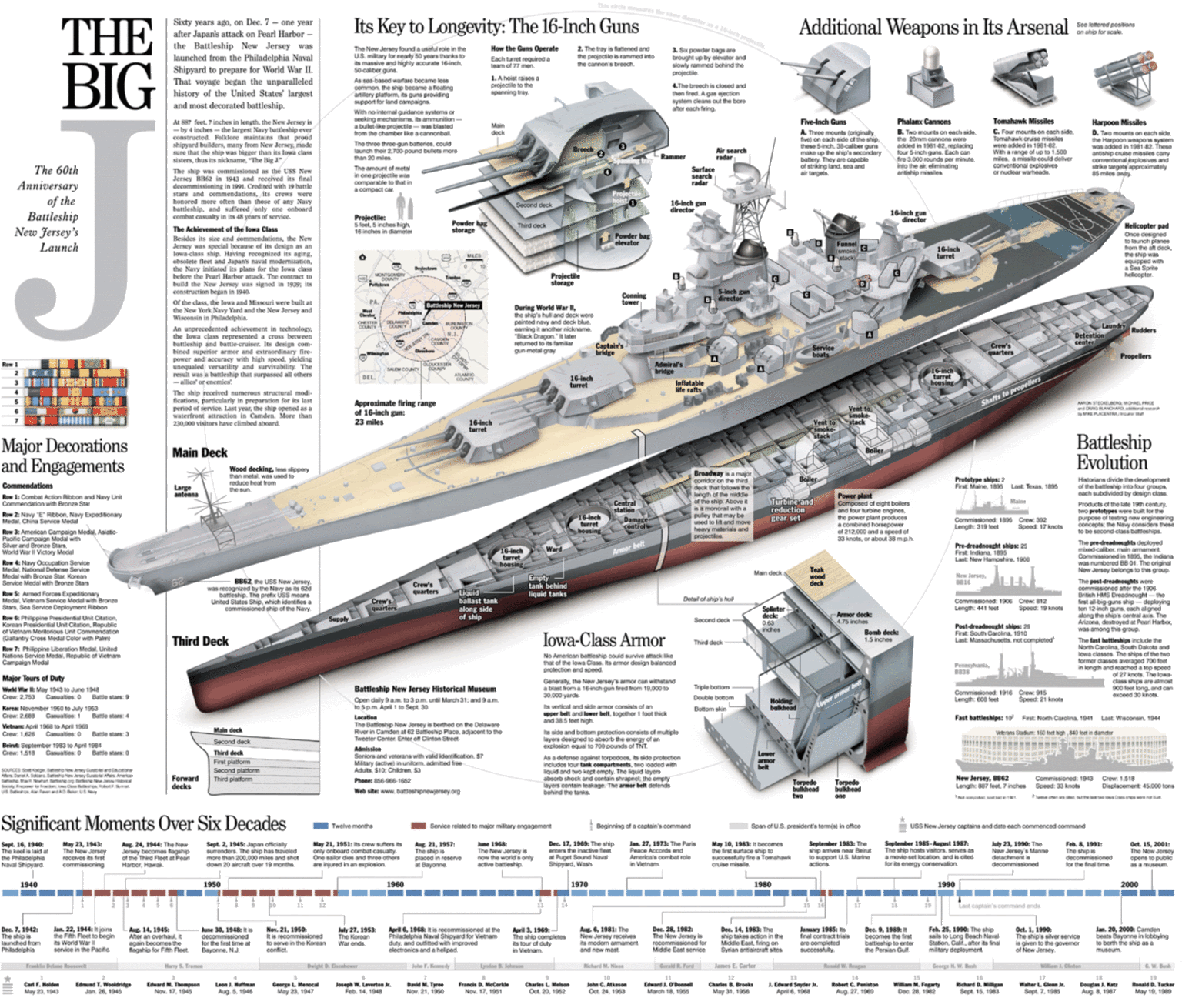
The 16" mk.7 gun system was a very good weapon. But it was designed to fight other ships and its best feature was its penetration of armour. Unfortunately I can not recall seeing where any of the Iowa class actually fired its main guns at an enemy warship. Bits of dirt, grass and sand and the odd bits of concrete were the main targets. After the classes 1980's refits its main armament became the Tomahawk missiles. The main guns were still there as direct fire weaponry when off an enemies coast, but the Tomahawks went just a bit further and even more accurately. During WW2 their main task was as anti-aircraft ships.

The other debate was who would win in a straight fight between the Yamato and an Iowa? The simple answer is 'both'. If a fight between a brand new Yamato in 1942 and an Iowa, then the Yamato would have an advantage. The Yamato loses its advantage the further into the war the fight goes. The better the radar systems on the Iowa's become the better the Iowa's have of hitting the Yamato. In the end it will be electronics that win that battle. Also the US Navy had so many more 16" battleships than the two Yamato class. In any battle between US battleships and a Yamato, the US ships would always have at least a two-to-one advantage. With that advantage the Yamato always loses.

I use an old game called Action Stations! to trial my creations against their most likely opponents. So I have had the fight with my new Yamato class ships with the 8x18" against both the Washington and Iowa class US battleships. Even with the one less 18" gun, the battles follow the same outcomes as listed above. The sooner the battle takes place the better the Yamato type has of winning. That is one-on-one, as soon as you add the US fleets superiority of numbers the fight goes the other way. Add both electronics and numbers together and the Yamato class does not stand a chance. So what about a fleet action in 1942? The US loses. The US Navy fleet action doctrine of 1942 had their ships sailing along in nice neat lines as the Japanese Long Lance torpedoes arrive and sink them. That simple. Of course all this is entirely academic as by the time these ships get to sea, the aircraft carrier has already shown that it has become the queen of naval warfare. Look at any 'fleet' actions and it is normally fought between carrier aircraft. Only at night do the ships come closer together. Again the further into the war you go the more the advantage changes from the early success of the Japanese Navy to the overwhelming odds of electronics and numbers in all categories to the Allied navies.


.jpg)

.png)

